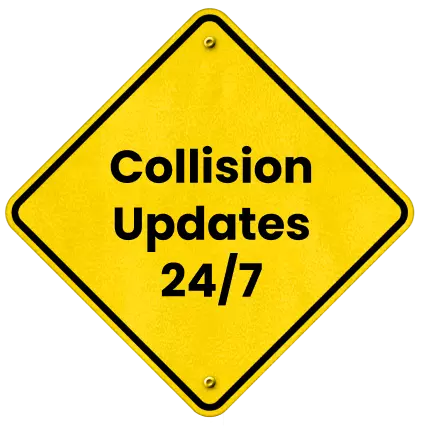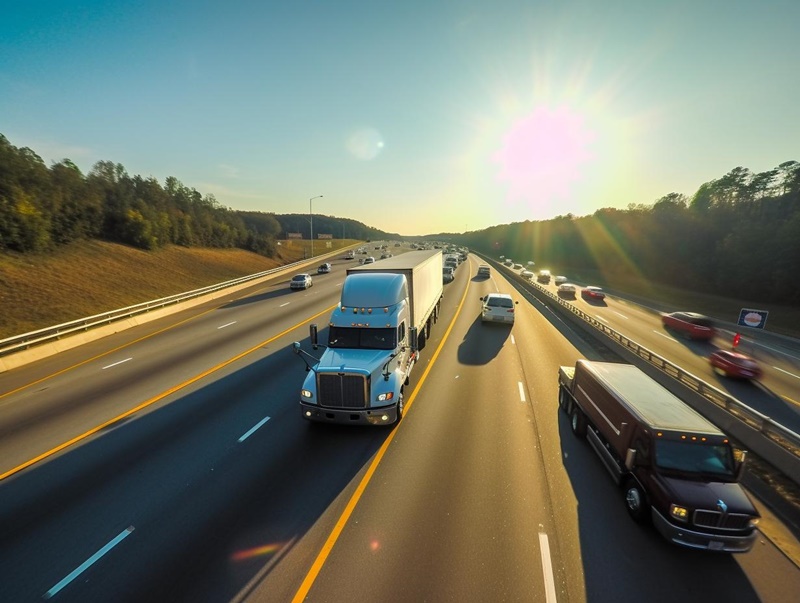
Navigating State Lines: Multi-State Claims After an I-5 Accident


Interstate 5 (I-5) is the backbone of the West Coast, stretching from San Diego, California, to the Canadian border in Washington State. Every day, thousands of drivers, including commuters, tourists, and commercial truckers, travel across state lines along this vital corridor. With such heavy, fast-moving traffic, accidents are inevitable. But when a collision involves drivers, vehicles, or insurance policies from different states, the legal aftermath can become significantly more complicated.
Victims of I-5 crashes that span California, Oregon, and Washington often face unique challenges in determining where to file a claim, which state’s laws apply, and how to recover compensation for their injuries and losses. Understanding these jurisdictional issues early can help victims make informed decisions and protect their right to full recovery.
Jurisdiction Challenges in I-5 Multi-State Accidents
When an accident occurs on I-5, especially near state borders, determining which court has authority to hear the case (jurisdiction) is one of the first legal hurdles.
Generally, the case may be filed either in the state where the accident happened or in the state where one of the defendants resides or conducts business. For instance, if a crash occurs just north of Ashland, Oregon, involving a trucking company based in California and a driver from Washington, multiple states could potentially claim jurisdiction.
Choosing the correct venue is critical. Each state has its own procedural rules, court systems, and evidentiary requirements, which can influence how quickly a case moves forward and how damages are calculated. Experienced interstate accident attorneys often evaluate several factors before determining where to file, including the location of the crash, the parties’ residency, and where the insurance policies are issued.
Statutes of Limitations Across State Lines
The statute of limitations (the legal deadline for filing a personal injury claim) varies between California, Oregon, and Washington, and these differences can dramatically affect a victim’s case.
- California: Victims generally have two years from the date of the accident to file a personal injury lawsuit.
- Oregon: The deadline is also typically two years, though claims involving government entities or wrongful death have specific notice and timing requirements.
- Washington: Victims have up to three years to file an injury claim after a crash.
When an I-5 accident involves multiple jurisdictions, determining which deadline applies can become complicated, especially if insurance negotiations delay the process. Missing a filing deadline in the appropriate state could result in losing the right to pursue compensation altogether.
Consulting an attorney familiar with personal injury claims ensures that every filing meets the correct timeline.
Insurance Complications in Multi-State Crashes
Insurance coverage and policy interpretation often become more complex in I-5 multi-state accident claims. Each state has its own insurance requirements, minimum coverage limits, and liability standards.
For example, California follows a pure comparative negligence rule, meaning a victim can recover damages even if they are partially at fault, though their compensation is reduced by their percentage of fault. Oregon and Washington also apply comparative fault principles, but with different thresholds and procedural rules.
Additionally, trucking companies and commercial carriers traveling I-5 are usually insured under federal motor carrier policies, which involve overlapping state and federal laws. If a truck registered in California causes a crash in Washington, victims may need to deal with multiple insurers and policies governed by different regulations.
An attorney with experience in interstate crash jurisdiction can coordinate between insurers to ensure that claims are handled efficiently and that victims don’t get shortchanged by jurisdictional loopholes.
Litigation Venues and Strategic Considerations
When negotiations with insurance companies fail, determining where to file a lawsuit can have a major impact on the outcome. Some states have higher damage caps, more favorable jury trends, or differing rules regarding pain and suffering awards. For example, California courts may allow broader claims for non-economic damages, while Oregon and Washington have stricter limits on certain types of compensation.
Choosing the best venue often involves balancing convenience, fairness, and the likelihood of a favorable judgment. A lawyer experienced in I-5 cross-border injury claims can evaluate where evidence, witnesses, and key documentation are located, all factors that influence venue decisions and overall litigation strategy.
Tips for Victims of I-5 Multi-State Accidents
Navigating an accident claim that spans multiple states can be overwhelming, but there are several steps victims can take to strengthen their case:
- Report the accident immediately to local authorities and ensure a police report is filed in the jurisdiction where the crash occurred.
- Seek medical attention right away, even if injuries seem minor, to create a clear medical record tied to the incident.
- Document the scene with photos, videos, and witness information — particularly signage or roadway markings that might help determine jurisdiction.
- Avoid providing recorded statements to insurance adjusters before consulting an attorney, as differences in state law may affect liability interpretation.
- Contact an attorney familiar with multi-state personal injury claims to review the details and determine where and how to file for maximum recovery.
Get Legal Help From an I-5 Accident Lawyer
If you’ve been injured in a crash on I-5 that involves drivers or vehicles from multiple states, it’s essential to have a legal advocate who understands the complexities of interstate crash jurisdiction. Multi-state accidents often involve different sets of traffic laws, insurance requirements, and statutes of limitations, which can make filing a claim more complicated than a typical in-state collision. A qualified personal injury attorney can help determine which state’s laws apply, identify all liable parties, and manage negotiations with multiple insurance companies.
An experienced I-5 accident lawyer can also ensure that all deadlines are met, gather crucial evidence from multiple jurisdictions, and coordinate expert testimony to strengthen your claim. They know how to navigate the nuances of California, Oregon, and Washington law, from comparative negligence rules to caps on damages, so that victims don’t lose out due to procedural or jurisdictional issues.
If you or a loved one has been injured in an I-5 multi-state accident, don’t wait to get help. Contact an I-5 accident attorney today to review your case, understand your rights, and take the first steps toward securing the compensation you deserve.







